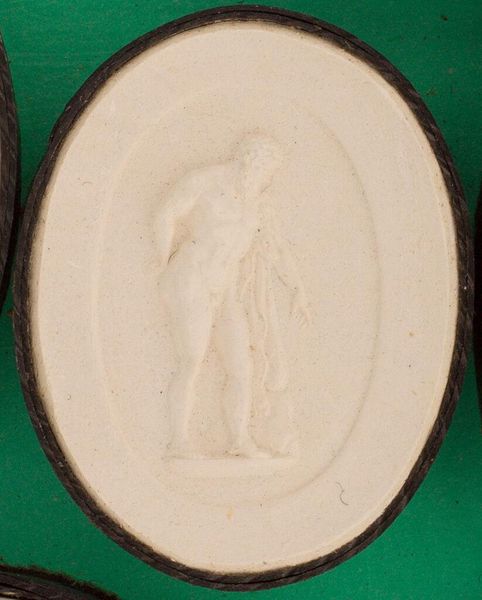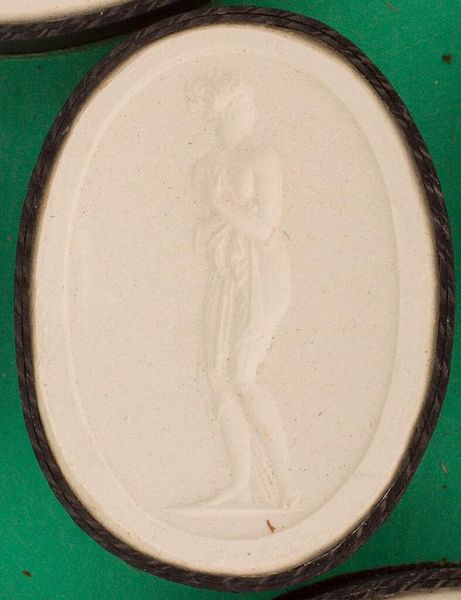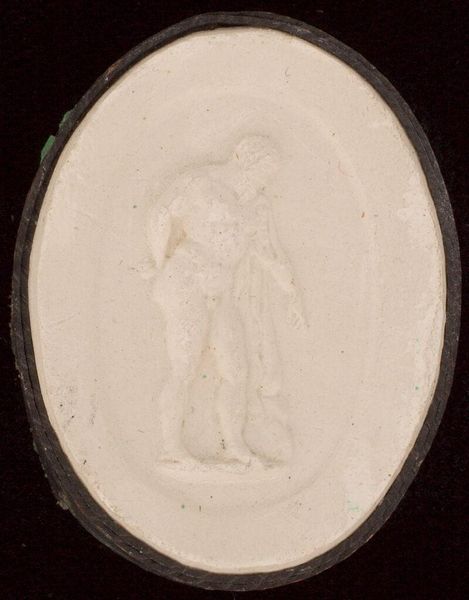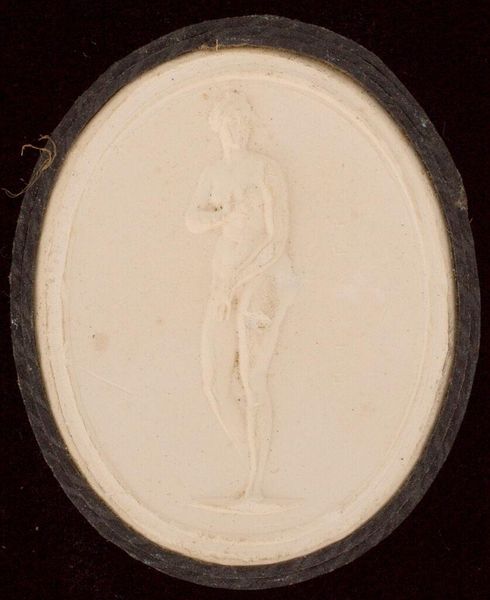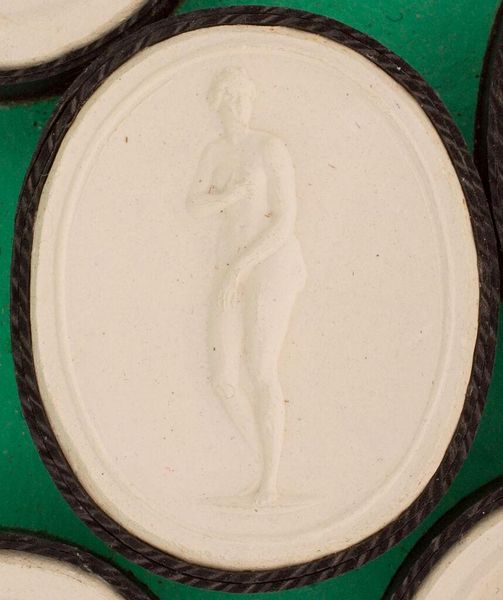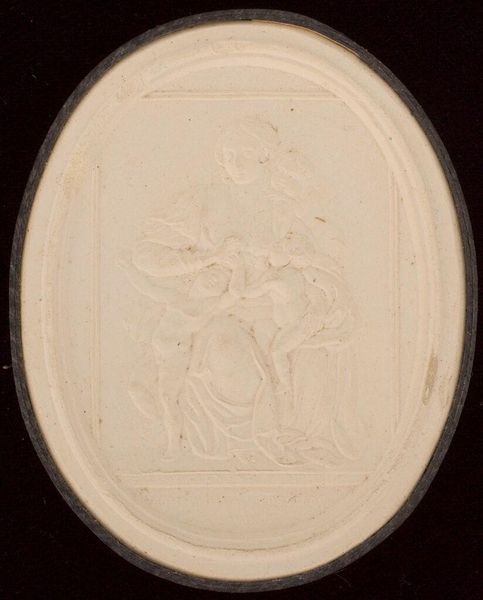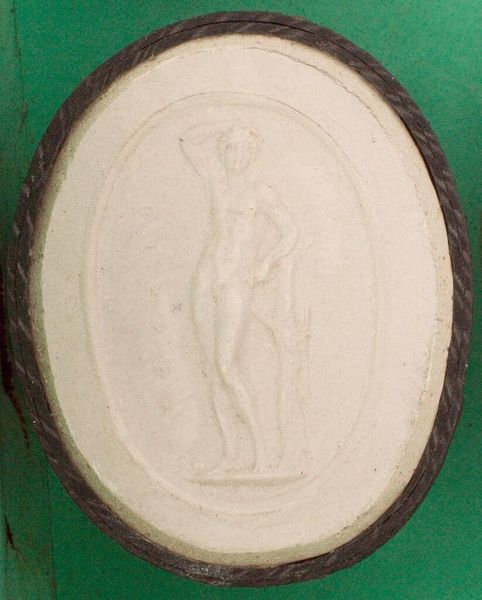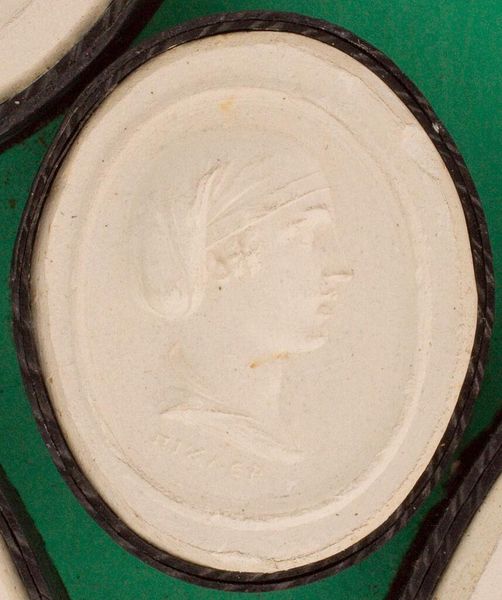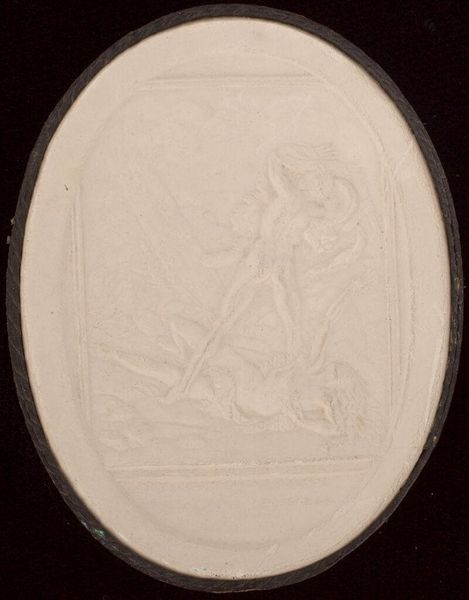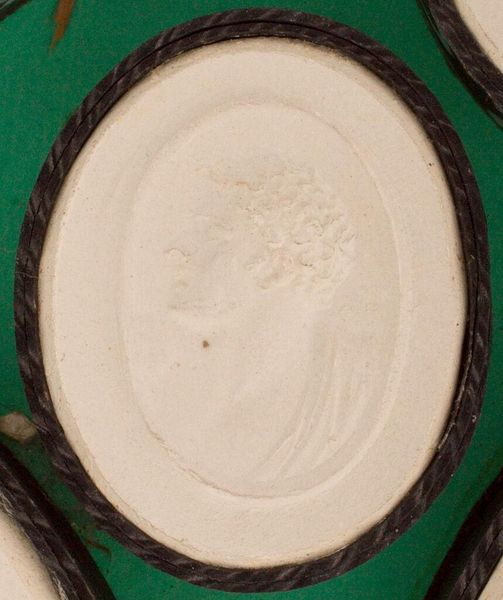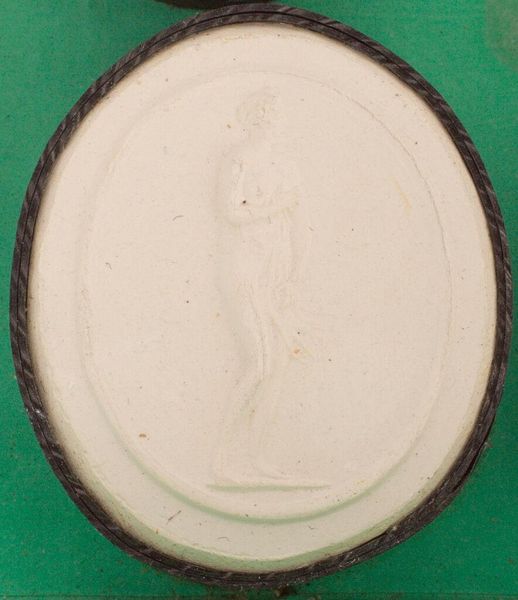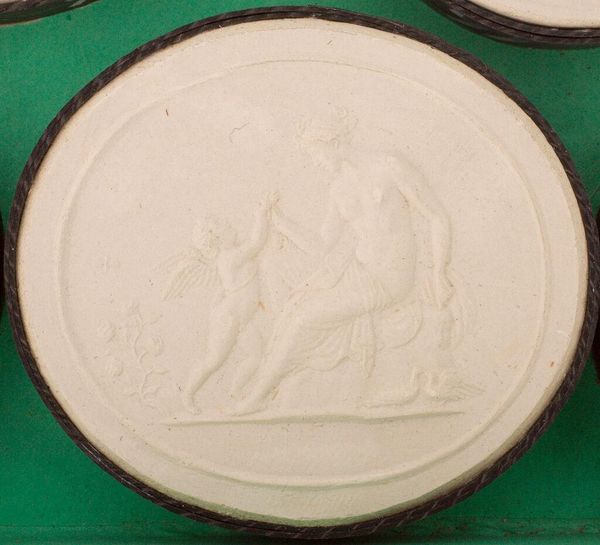
Dimensions: 3.4 x 2.6 x 1 cm (1 5/16 x 1 x 3/8 in.)
Copyright: CC0 1.0
Curator: Here we have a small intaglio, "Callipygian Venus, after antiquity," likely created by the Pichler family. It's remarkably petite, only about 3.4 by 2.6 centimeters. Editor: It's incredible how such a small piece can hold so much sensuality. The figure seems almost to emerge from the background, a goddess captured in a moment of private beauty. Curator: The choice of material and the intaglio technique are significant. The labor involved in carving such detail into a hard stone speaks to a tradition of craftsmanship and the value placed on miniature art objects. Editor: Absolutely. And the Callipygian Venus herself is a powerful symbol. The focus on the buttocks isn't just about physical beauty, it's about fertility, abundance, and perhaps even a playful, irreverent attitude towards classical ideals. Curator: I agree. The intimate scale allows for a tactile connection. These objects were made to be held, pondered, and even traded within social circles. Editor: Considering it, the Venus' symbolism combined with that sense of intimacy makes this piece a captivating reminder of the enduring power of classical imagery. Curator: Indeed, it gives us insight into a world where art and craftsmanship intertwine, revealing the layers of meaning embedded in even the smallest of objects.
Comments
No comments
Be the first to comment and join the conversation on the ultimate creative platform.

